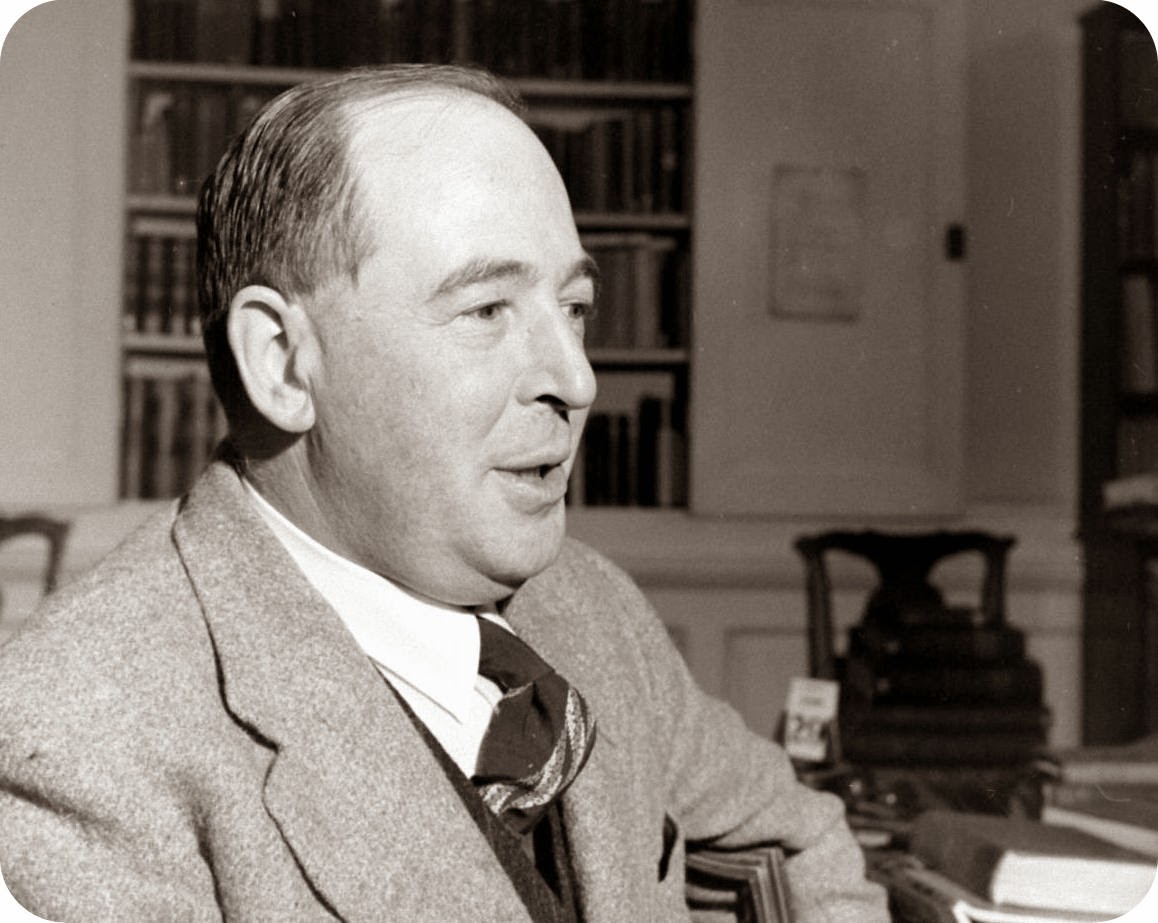In the final section of his most famous book, Mere Christianity, C. S. Lewis relates
the nature of Christ, as the Second Person of the Trinity, with evolution. Lewis
poses the question: What is the Next Step in Evolution? Lewis writes,
the Next Step has already appeared. And it is really new. It is not a change from brainy men to brainier men: it is a change that goes off in a totally different direction—a change from being creatures of God to being sons of God. The first instance appeared in Palestine two thousand years ago.
This Next Step is
voluntary and thus, unlike previous stages in evolution, can be missed. Lewis
uses evolution as a way to talk about the inbreaking of the new aeon in Christ.
Lewis’s BBC broadcast talks, which became this section of Mere Christianity, took place in 1943. About
three decades later, one of the greatest 20th century Catholic
theologians, Karl Rahner, wrote about “Christology within an Evolutionary View
of the World.” Rahner sees the whole of creation moving toward God’s immanence
in the world. He summarizes what this means for evolution and Christ,
The point of the thesis that we are trying to establish is this: although the hypostatic union [that Jesus Christ is both God and man] is a unique event in its own essence, and viewed in itself is the highest conceivable event, it is nevertheless an intrinsic moment within the whole process by which grace is bestowed on spiritual creatures.
Rahner views the incarnation as a final,
definitive instantiation of what God has been doing through the process of
evolution. (This has a ring of Teilhard de Chardin about it.)
I’ll leave it there for the moment. As I contemplate doing
some research over the coming months on Christology and science, I’m interested
by the difference of approach between these two seminar Christian thinkers.


No comments:
Post a Comment